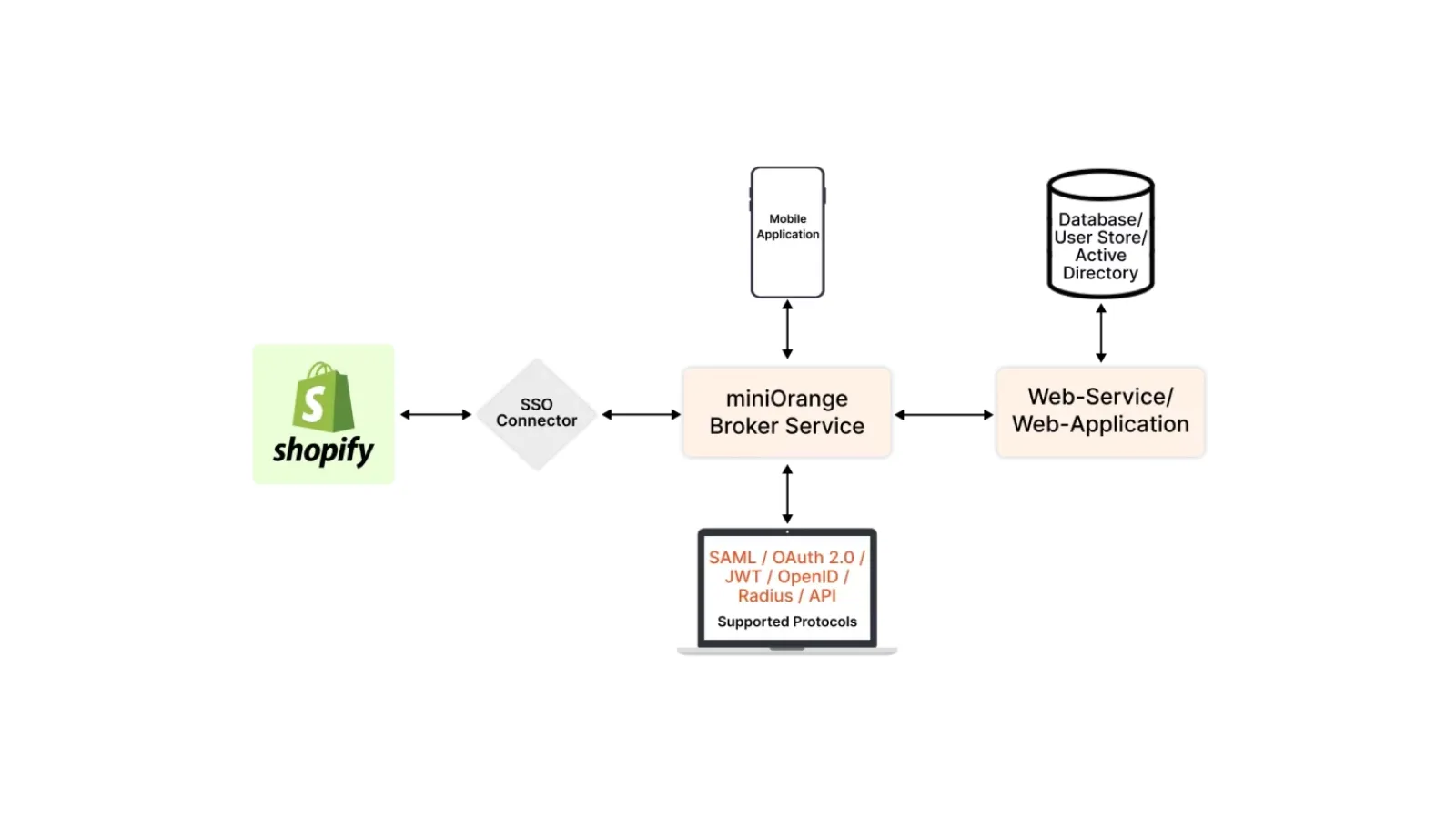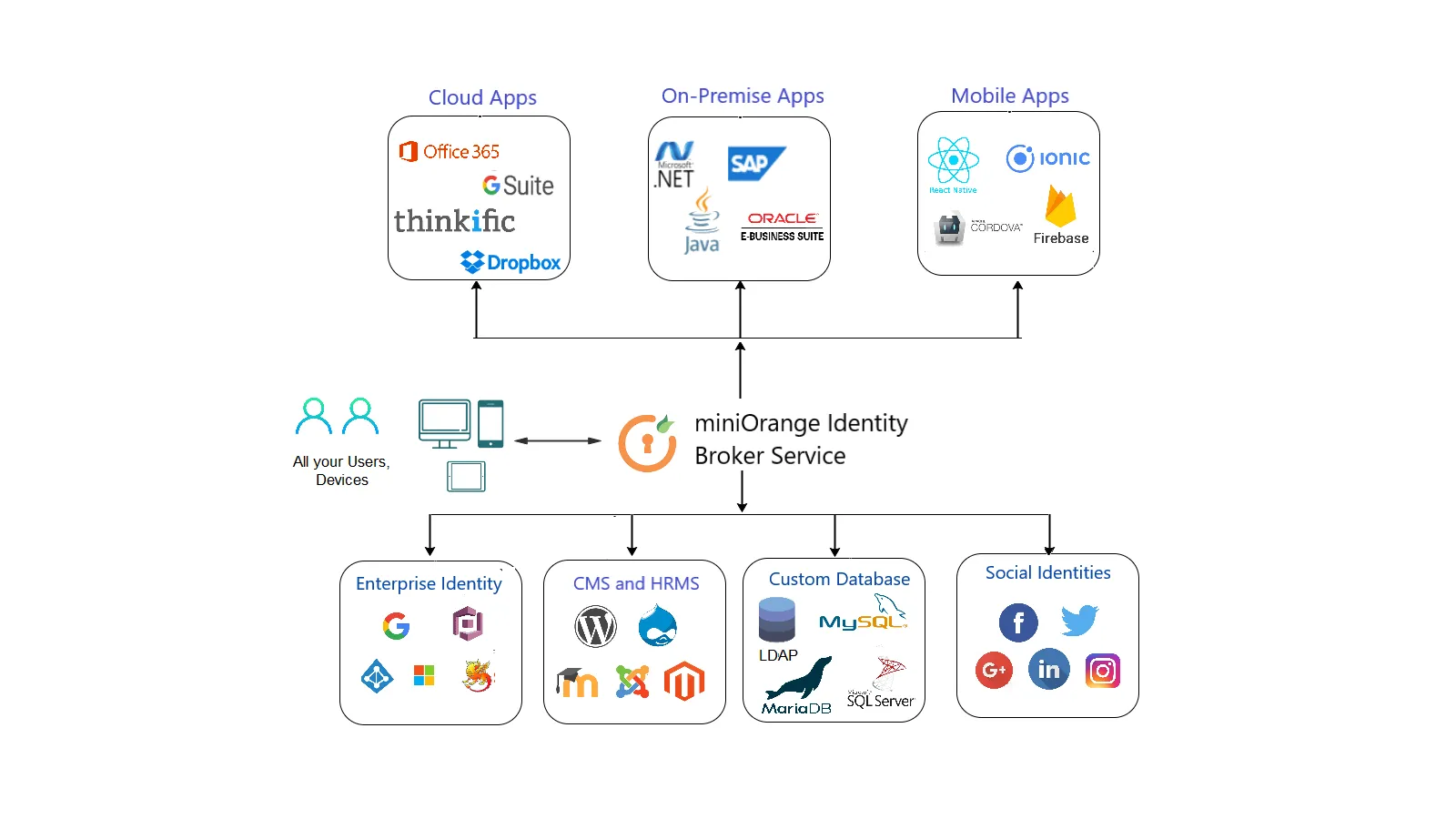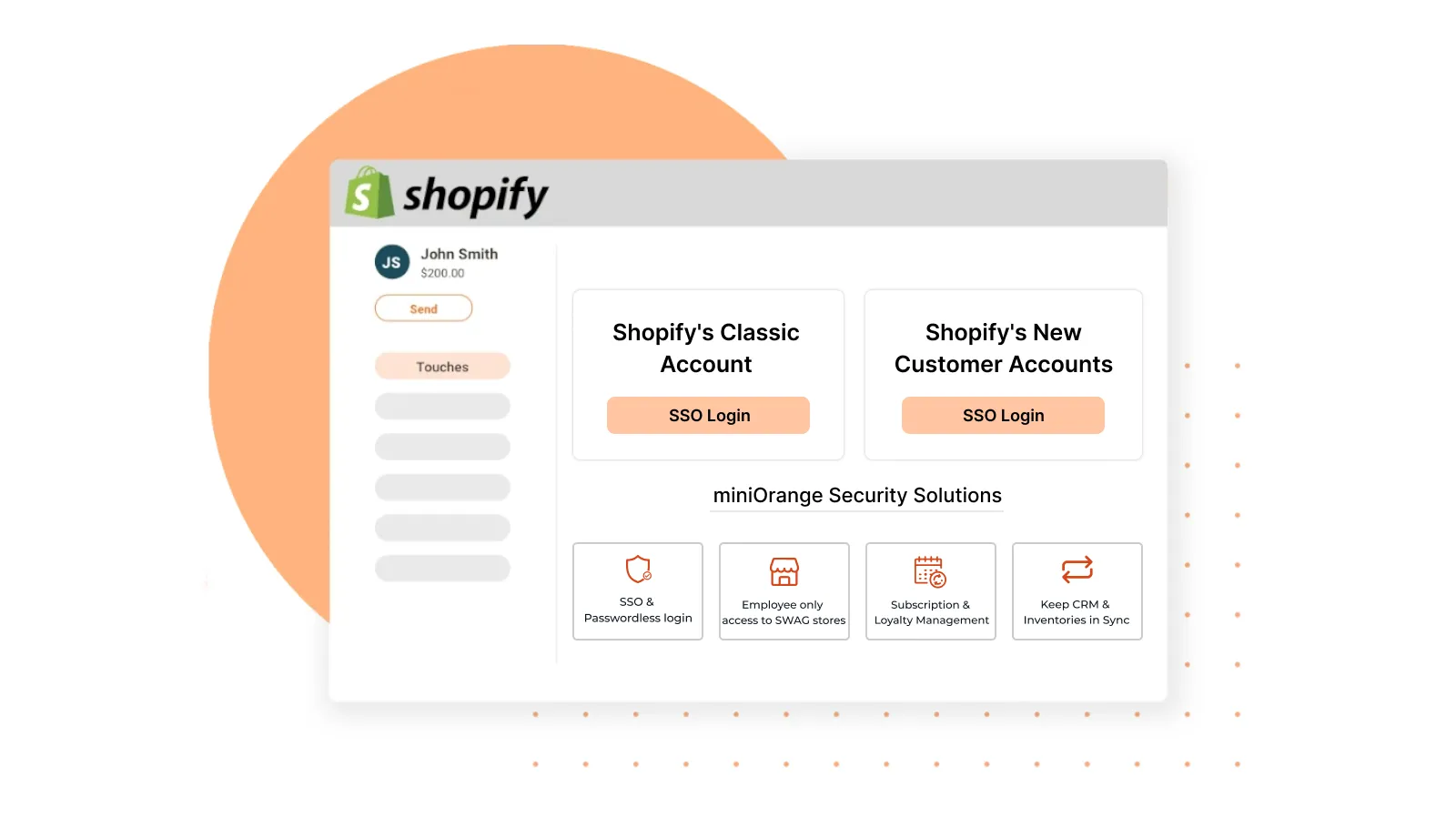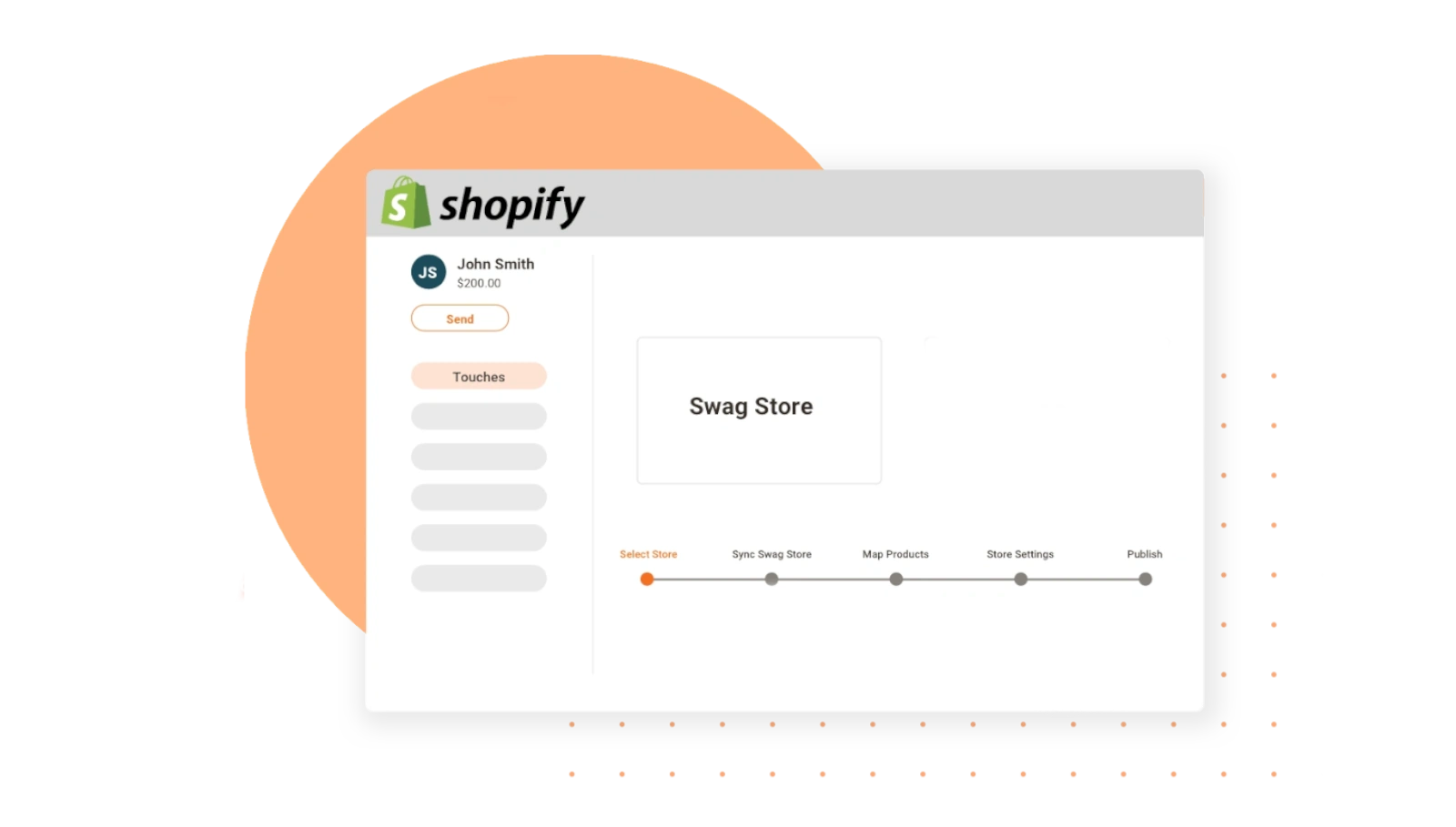What is Shopify?
Shopify is an eCommerce platform that will help you start your Shopify eCommerce store right away. Anyone can start their online store for selling any product online using Shopify. Shopify is currently the most trending ECommerce platform. Around 1.6 million websites use Shopify CMS for their online stores.
What are the challenges faced by Shopify merchants/users?
- Generally, Shopify store owners have more than one website in their business architecture. In this case, they have to shopify login to each website individually which is a tedious job.
- Having one common password for each and every website is not a secure solution. Also, it is difficult to maintain and remember different passwords for all the websites.
- The customers who access the same web store from different platforms will have to login shopify store every time. This is not a feasible solution for customers as it will irritate them. The same happens with merchants and their staff members.
- Maintaining passwords is not feasible for large organizations having many registered users. Their helpdesks might flood with multiple password reset requests making it difficult for them to manage.
- For enterprises, it is necessary to manage user sessions to ensure better security which becomes a difficult task without automation.
To overcome these challenges, Single Sign-On (commonly referred to as SSO) helps in the automation of shopify user logins, sessions and maintaining their assigned roles.
What is Single Sign-On SSO?
Single Sign-On or SSO enables you to access multiple apps and websites/ecommerce stores with a single set of login credentials. It is a hassle-free authentication method requiring you to login only once.
Using Single Sign-On (SSO) services for authentication allows organizations to delegate storage and management of user credentials to a centralized system. This prevents the hassle of managing user data and passwords. Login via SSO is a very easy and non-time-consuming process.
How will Single Sign-On help to overcome these challenges?
With the help of Single Sign-On, you can shopify login to any connected website with the same shopify store login credentials and without having to login separately in each one of them.

By looking at the above flow diagram we can see that the miniOrange service is centrally connected with all the components. The miniOrange broker service creates a link between your chosen Identity provider (Active directory/user store/database) and the service provider.
Basic components included in SSO
-
Identity provider (IDP): It stores and manages the user’s information like username, email, password, etc. An Identity Provider is trusted storage consisting of confidential information. Its main job is to authenticate the user based on their data saved in the IDP. Large organisations have Active Directories which store the user credentials. miniOrange, Okta, Azure AD, AWS Cognito, Salesforce, ADFS are some examples of third-party Identity Providers. These third-party providers store user credentials and authenticate the users based on their stored credentials.
-
Service provider (SP): A Service Provider is an entity that consists of the resources which a user needs. It relies on an IDP to authenticate a user, after successful authentication the SP gives permission to the user to use the requested resources/services.
-
Identity Broker: It helps in connecting different types of IDPs to the SPs. Identity Broker keeps the authentication flow seamless by supporting cross-protocol configuration which means it can connect two different apps using different protocols. For example, A SAML supported SP can be connected to an OAuth-supported IDP. Refer to the below image for more clarity of how Identity broker works.

By looking at the above diagram we can see that miniOrange Identity Broker is connecting different Identity providers with different Service providers regardless of their authentication protocol being used.
How to Login via Single Sign-On (SSO) into Shopify store?
- A user browses to the application or website they want to access aka the Service Provider (Shopify in our case)
- The Service Provider (Shopify) sends a token that contains some information about the user, like their email address, to the SSO system aka the Identity Provider, as part of a request to authenticate the user.
- The Identity Provider will check first to see whether the user is already authenticated, if yes then the user will be granted access to the Service Provider application and skip to step 5.
- If the user doesn’t have access then they will be prompted to do so by providing the login credentials required by the Identity Provider. This could be a username and password or it might include some other form of authentication like a One-Time Password (OTP).
- Once the Identity Provider validates the provided credentials, it will send a token back to the Service Provider confirming a successful authentication.
- This token is passed to the Service Provider through the user’s browser.
- The token that is received by the Service Provider is validated by the Service Provider.
- If it’s a valid response then the user is granted access to the Service Provider.
What are the benefits of Shopify Single Sign On ‑ SSO
- All standard authentication protocols like SAML, OAuth 2.0, LDAP, RADIUS, Open ID Connect, JWT are supported.
- Can use multiple Identity Providers having different authentication protocols as well.
- Can configure the plugin in a multi-site environment and allow SSO to users based on their IDPs.
- Support adaptive authentication based on access policies, the device used, location of the user and time of access.
- Can assign user roles to maintain shopify ecommerce store security levels
- Ensures complete site protection with Multi-factor authentication (MFA). It adds an extra layer of security above basic authentication by prompting users to verify themselves with more than 15 different verification methods.
- Avoid Fraud prevention based on IP, Device, Location and Time-based rules.
- Customizable login widget.
- Can add customized features as per your requirement.
- 24*7 Customer support by a dedicated engineer assigned for every ticket.
Different Shopify Single Sign-On (SSO) Use cases
- SSO into Shopify Store and Mobile Application using web-service / existing Application as Authentication Source or Login via Existing Identity Provider.
- Connect multiple Shopify Stores and allow access to users with a single set of credentials
- Single Sign-On into SAML/OAuth 2.0 / OpenID Application via Shopify or Shopify store as Identity Provider
- Single Sign-On into Shopify Store via multiple Identity Providers and access to specific pages, products, or collection based on logged in user’s Identity Provider
- Single Sign-On into Shopify using any other CMS or Single Sign-On to any other CMS using Shopify store as Identity Provider.
Conclusion
- Single Sign-On Solution will keep the access management process hassle-free.
- miniOrange SSO solution supports literally any supported IDP including custom IDPs, along with that they provide their own cloud IDP - solution resulting in more seamless integration.
- SSO not only reduces the hassles associated with login but also increases the overall level of security.
- SSO not only works for Shopify but also works with other CMS/LMS platforms like WordPress, Magento, Thinkific, Docebo and many more.
- Using your Shopify Store as IDP (Identity Provider)is recommended if you are working on multiple CMS/LMS platforms, as it will ease the entire login process across all the websites.
- There are a few downsides to using the SSO solution but the solution provided by miniOrange overcomes these downsides and provides a full proof SSO solution.
- Identity brokering can help in case of different protocols being used on the Service Provider and Identity Provider sides.
Further Reading
Author




Leave a Comment